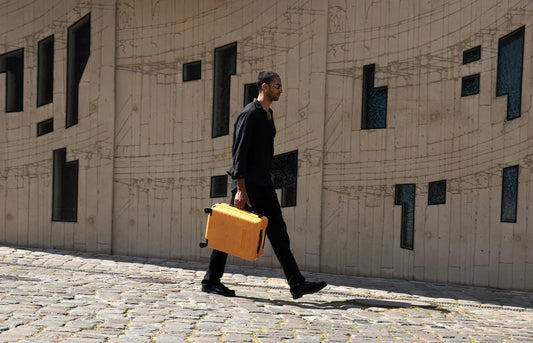Journal

Life Is A Journey with Benjamin Patch
The former athlete and designer on carving out his own path

Celebrating Pride with David Mendez
A Day in the life with dancer, actor, and ballroom powerhouse David Mendez

My Music My Journey with Blond:ish
Meet the vibrant DJ, producer, and environmental activist

Horizn Studios x Refuge Worldwide
Join us on tour with Refuge Worldwide and its residents

Going Further with Ekow Barnes
Discussing all things travel and the creative industries with the writer and creative from Accra, Ghana.
Going Further with Ekow Barnes
Discussing all things travel and the creative industries with the writer and creative from Accra, Ghana.
Read now
Life Is A Journey With Louna Sbou
In the Oyoun co-founder and artistic director’s world, optimism prevails
Life Is A Journey With Louna Sbou
In the Oyoun co-founder and artistic director’s world, optimism prevails
Read now
Zing Tsjeng’s Insider Guide to Singapore
The journalist and editor on where to stay, eat, and dance
Zing Tsjeng’s Insider Guide to Singapore
The journalist and editor on where to stay, eat, and dance
Read now
A Visual Journal of Seoul, South Korea
A route of its most photogenic spots

Life Is A Journey With Benjamin Patch
The designer and former athlete on carving out his own path
Life Is A Journey With Benjamin Patch
The designer and former athlete on carving out his own path
Read now